
What are the Most Common CrossFit Injuries and How to Avoid Them
This little study is a nice follow up on Monday’s blog post as it adds some research data to our coaching observations.
The first thing to note is that the injury rate between active and sedentary individuals differs in kind not frequency. That is, counter intuitively, the injury rate for inactive individuals is not statistically lower than injury rates among the active population. So, being more active does not increase your overall risk of injury. The type of injury does differ between these two populations. Active individuals are more likely to be injured during athletic activities (pulled muscles, sprained ankles, etc) whereas sedentary individuals are more likely to be injured doing sedentary activities (gardening, getting off the couch, tripping on the curb).
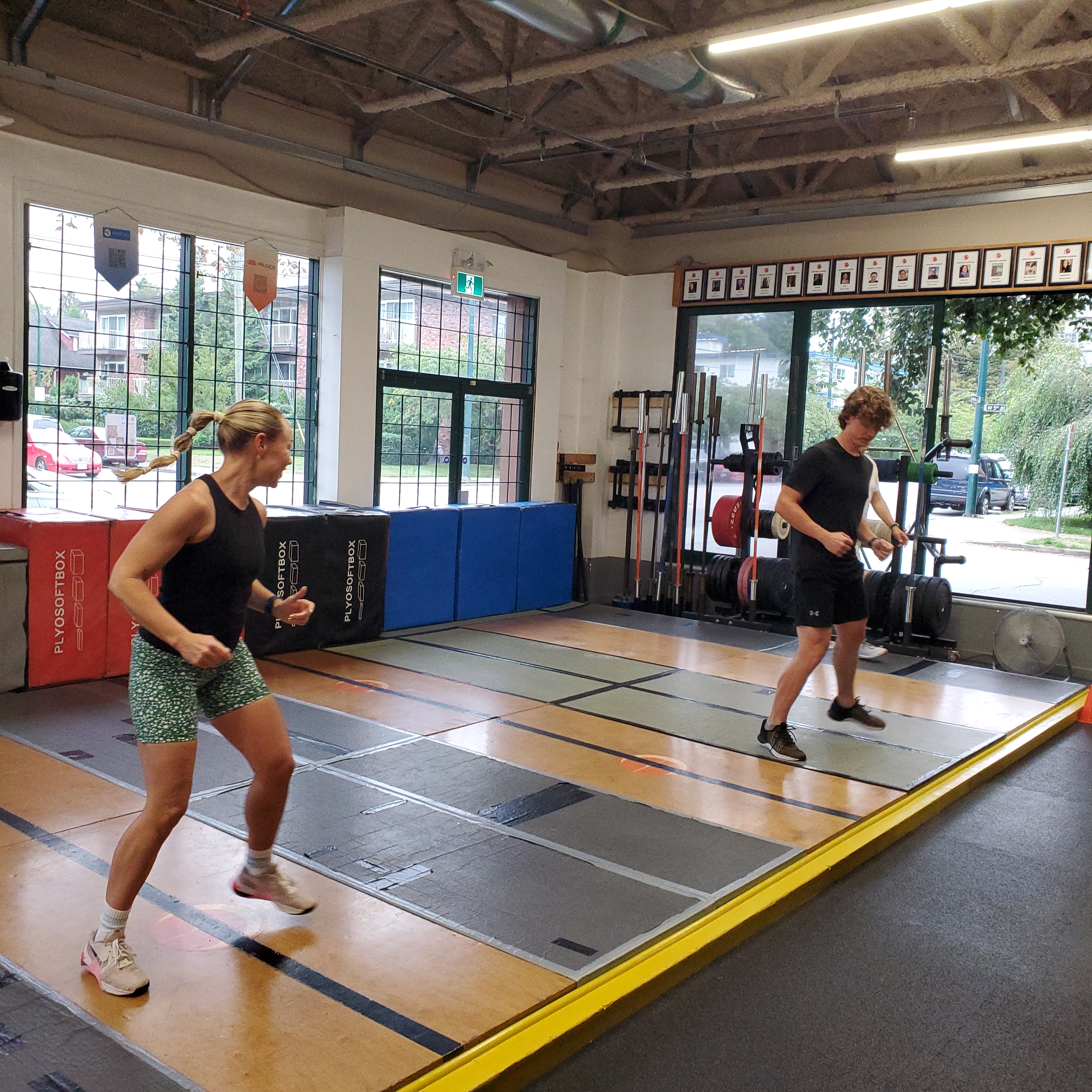
The rate of injury in CrossFit is comparable to injury rates in similar activities (gymnastics, weightlifting) but significantly lower than the injury rate in sports such as running, rugby or basketball which see a much higher rate of injury. Has anyone ever told you to avoid basketball or running because they are dangerous? Probably not.
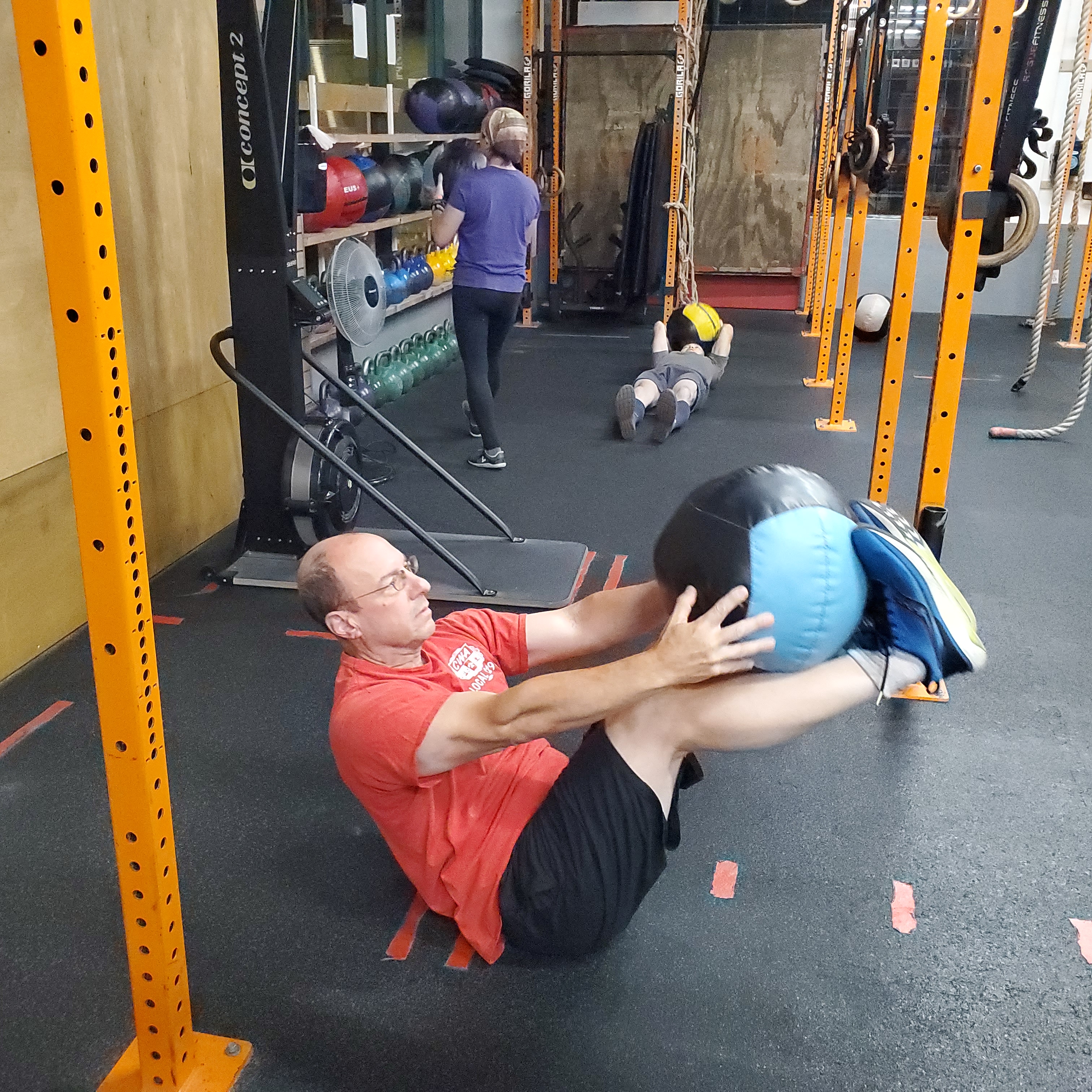
Within CrossFit the places athletes are most likely to get injured are:
1) Barbells
The study sights the Olympic lifts and power lifts. Personally as a coach and athlete I have seen more injuries on the deadlift and back squat than the snatch and clean & jerk.
2) Pull Ups
Shoulder and bicep tendon issues are most common here and these tend to be injuries of overuse as opposed to acute trauma.
3) Box Jumps
Leg injuries are the most common injury associated with the box jump and they range from mild to severe. Use of foam plyoboxes eliminates 90% of box jump injuries which is why they rarely occur at Empower. Most gyms favour wood or metal boxes for cost reasons.
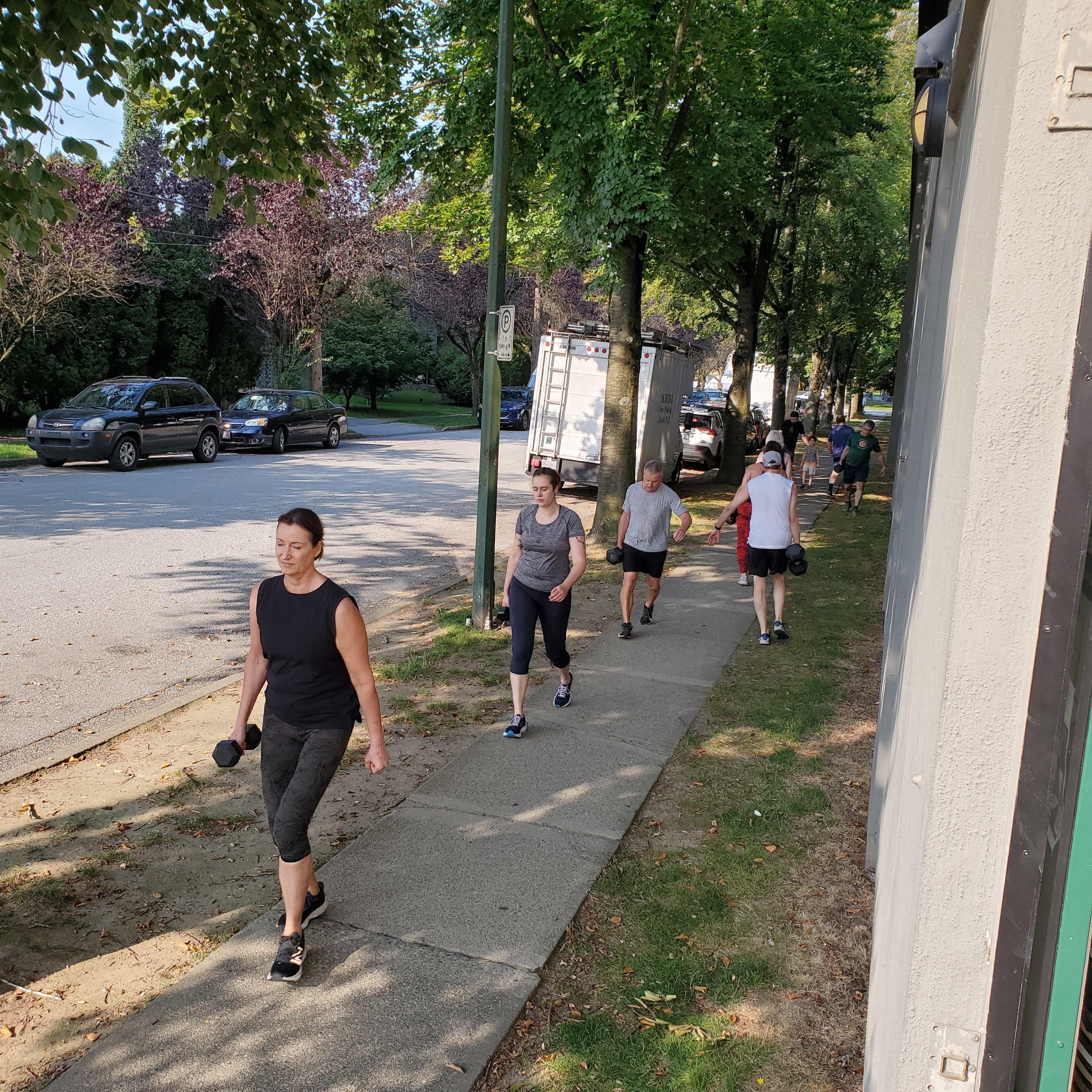
Most injuries occurred in athletes returning to the gym after a lay-off due to illness or vacation, a finding that supports our Monday blog post. The video goes on to ask which strategy is best to prevent injury when returning to activity after a week or two away. I chose option E: none of the above.
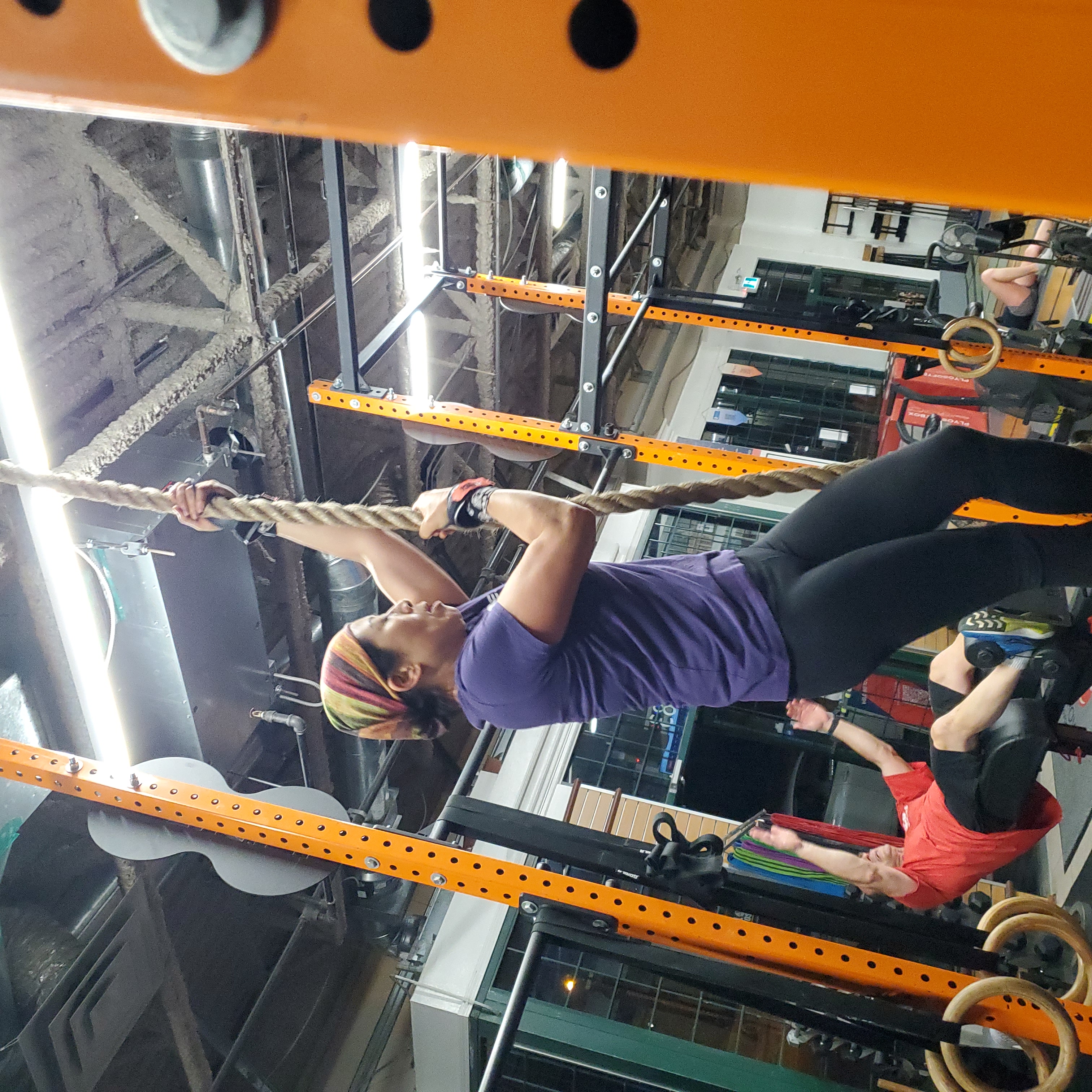
My suggestion for returning from a lay off longer than one week is to reduce intensity to 50-60% effort. Reduce loading, reduce speed and reduce volume. The Ben Bergeron suggestion of 20 days of injury-free training before returning to baseline is a good guideline that will keep most athletes safe.

As for barbell related injuries I strongly feel that these can be mitigated by adhering to proper form and loading. Slow down and focus on executing lifts with correct form. If you are too fatigued to maintain good form, stop, take 90 seconds to rest and recover before continuing. Know your one rep maxes and in metcons work at about 50-70% of your one rep max. There will be heavy days where we may challenge ourselves at low volumes near 80% of your one rep max but they will be few and far between.

Even on strength days you are better off doing 5 sets at 80% of your 1 rep max than doing 5 sets at progressively heavier loads (60%, 70%, 80%, 90%, 100%).
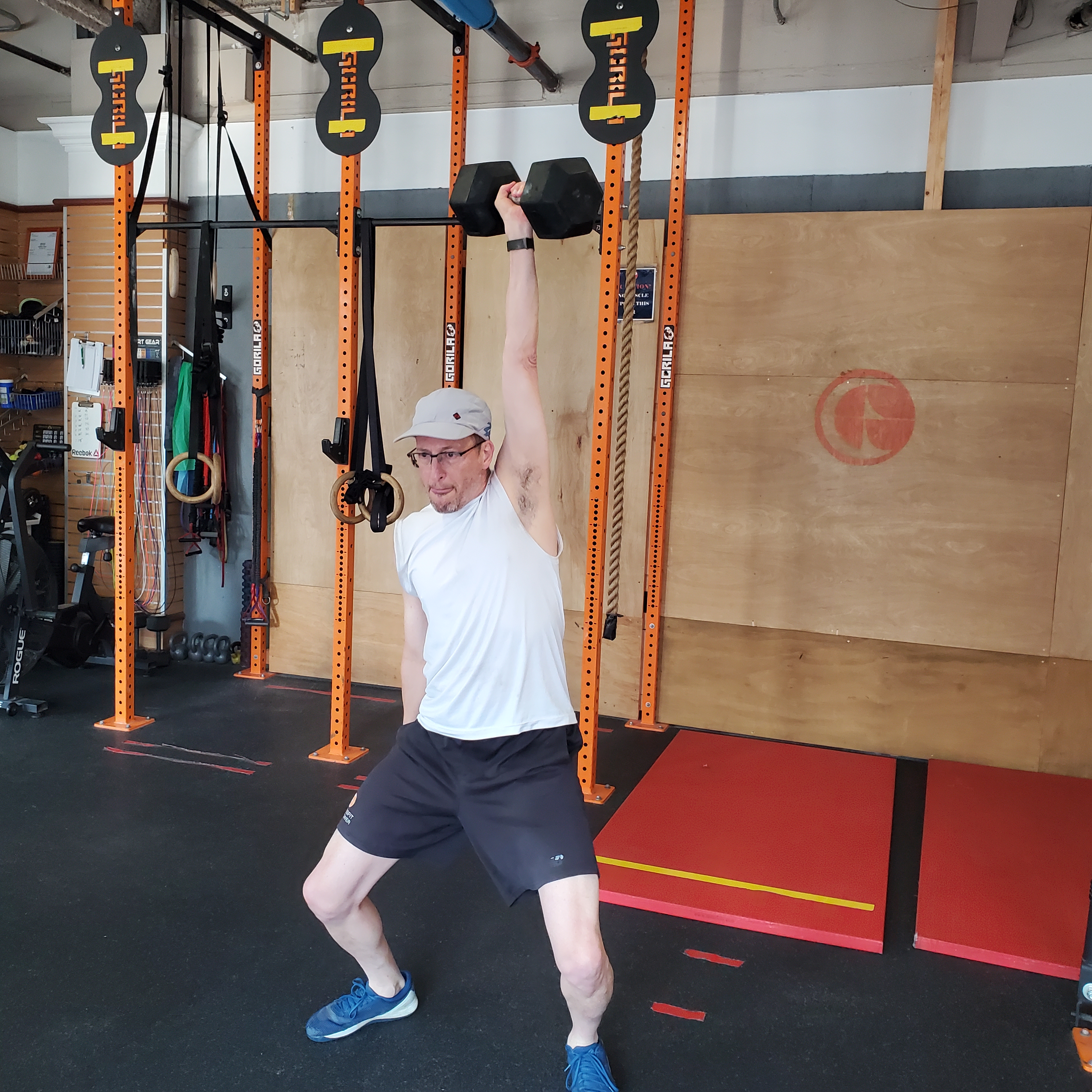
There is nothing wrong with hitting a WOD hard now and then but, if you wish to train consistently and sustainably, your daily effort should be approximately 70%. This from the lips of CrossFit founder Greg Glassman himself. 70% is hard but not crushing. It is an intensity that keeps you safe enabling you to come back to play again tomorrow.
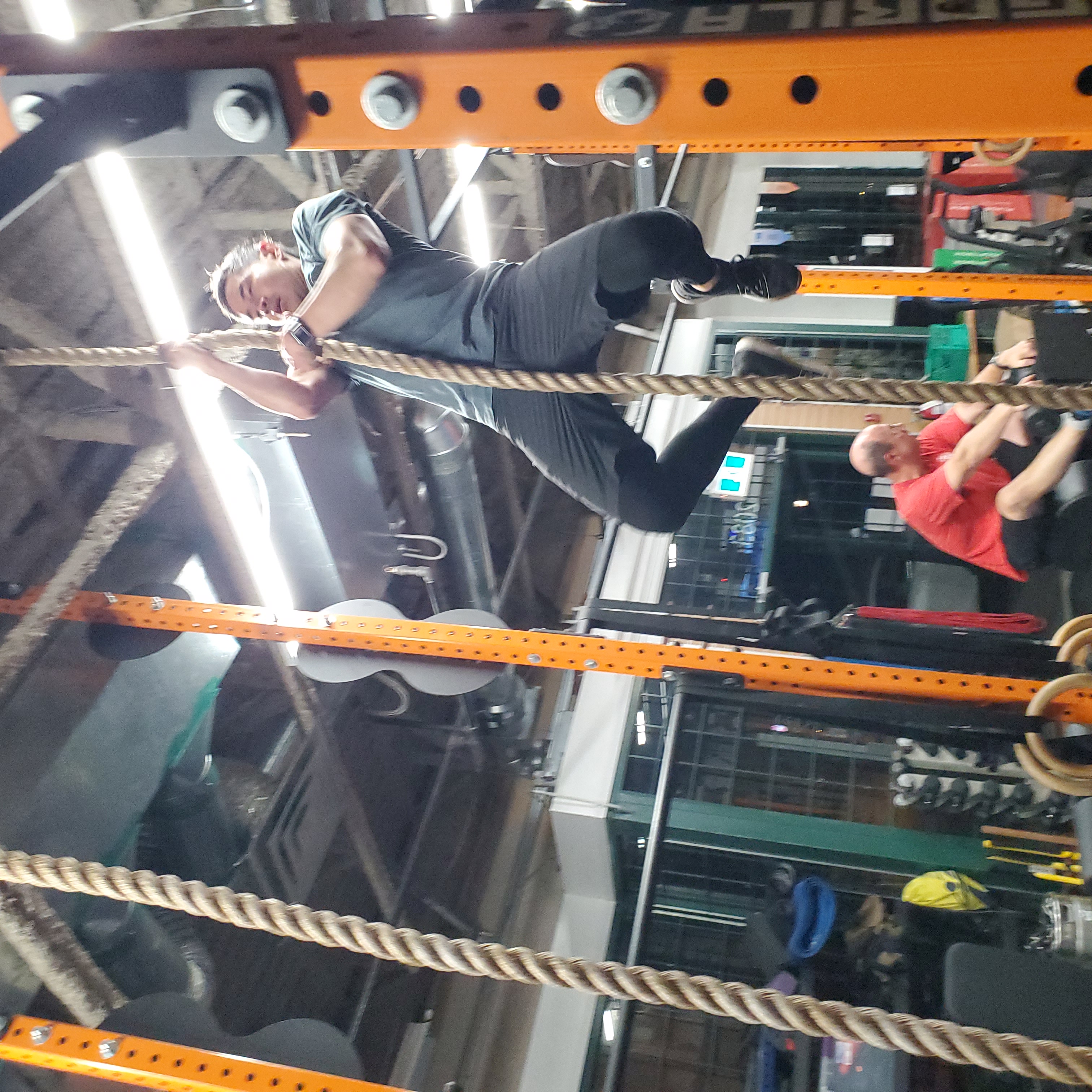
Nearly every injury, my own included, occurs when an athlete lets his or her ego take charge of the WOD. And the injury rate is highest among Empower members who train inconsistently or who have recently returned from time away. If you want to keep up with a Sandman or Bruiser or V or The Assassin or Hardrock, please note the consistency of their training. They have been training nearly daily for more than a decade! They have developed the joint integrity and connective tissue strength to push themselves through tough WODs safely, recover and come back to do it again. If you’re training twice a week or taking weeks away sporadically, you need to play a much different game.
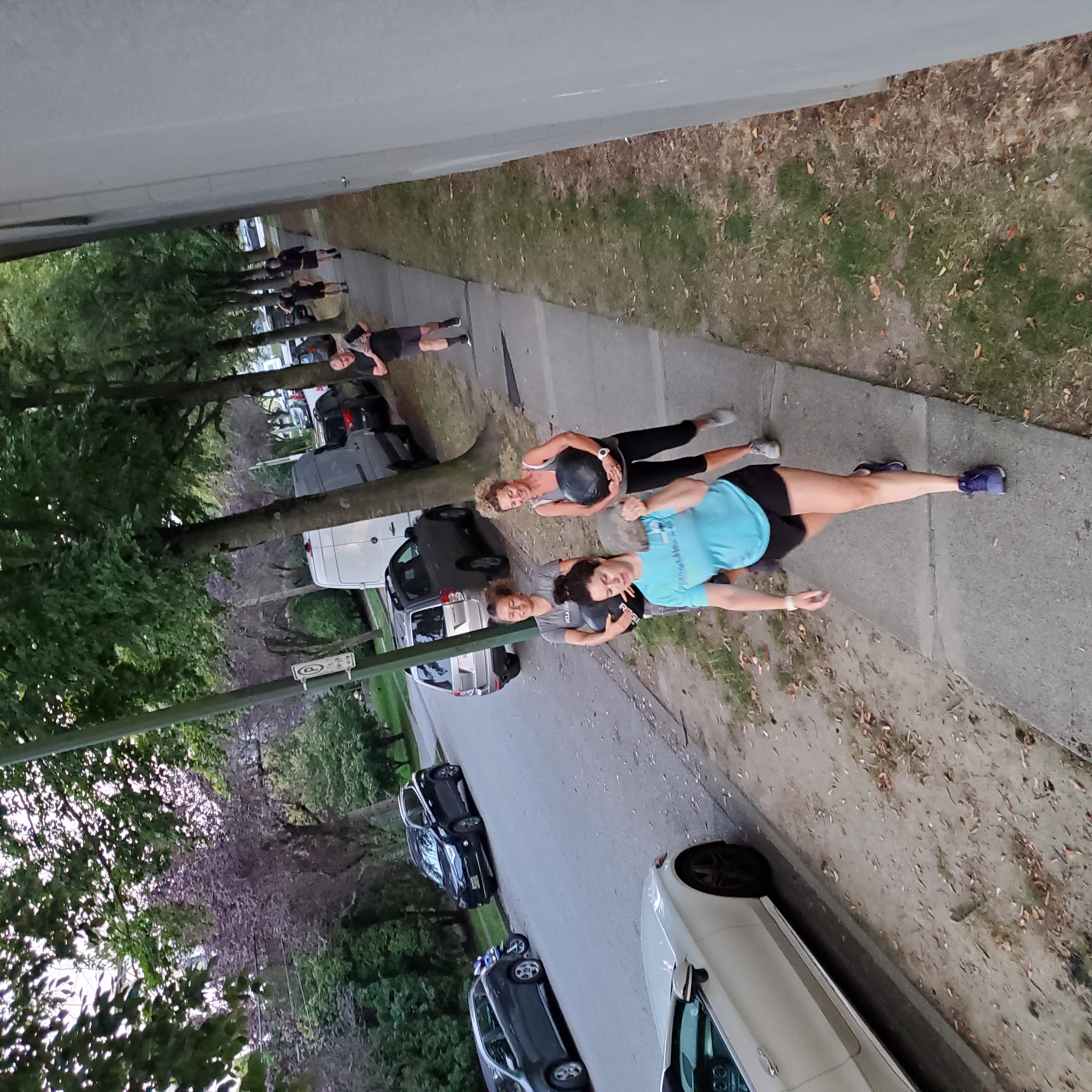
Of course if fear of injury is what is keeping you out of the gym, you may want to consider cutting avocados out of your diet! 9000 hospital visits per year? That is one dangerous fruit!

Feeling beat up? There is still room for two pairs at Lotus' upcoming partner massage clinic at Empower. Bring a friend. A great date idea insists HeeHee. Lotus is a registered massage therapist and yoga instructor. Only two spots remain. Register here.
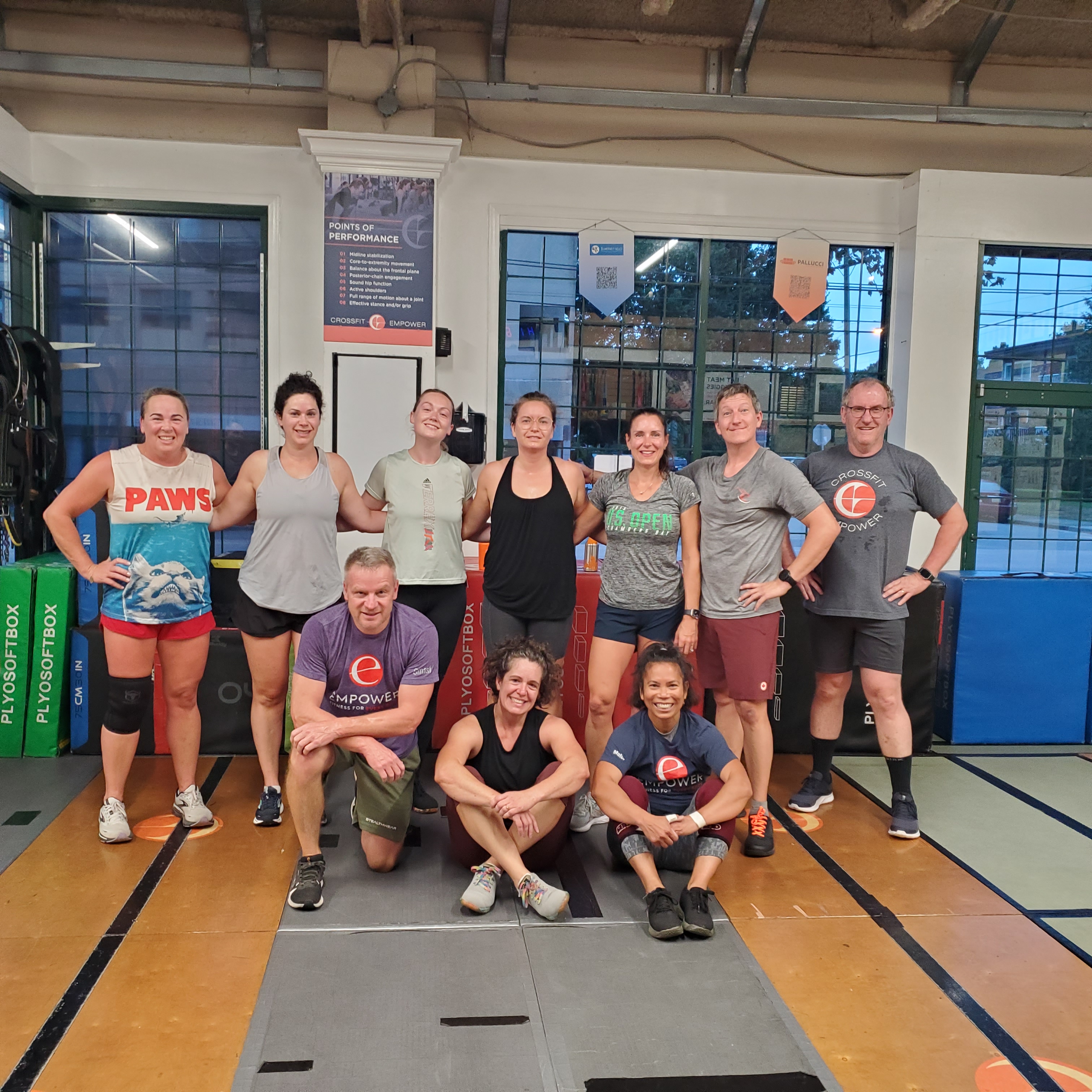
Friday Make Up Day
1) Empower Reset #49
3 mins Navy SEAL Breathing
30/30 sec head nods/rotations
5 mins:
20 Crosstouch deadbugs
10 Egg Rolls
10 Windshield Wipers
10 Shoulder Bridges
5 mins:
20 Crosstouch Birddogs
10/10 Kickstand Rock
10 Alt Elevated Rolls to sit through
3 mins Get Ups
OS Standing Reset
(10 each):
Bounce & Vibrate
Big Cross Crawls
Infinity Circles
Reverse Infinity Circles
Den-den Drum
Superman Reaches
Overhead Bounce & Vibrate
Flappy Bird Vertical
Flappy Bird Horizontal
Hip Mobility
(5 each):
Knee to chest
IT Stretch
Abductor Stretch
Feet together knee opening
Feet apart knee closing
Swivel
5 mins
5 Judo Push Ups
10 Ring Row Squats
10 Alt Ring Row Lunges
2) Diane
21-15-9
Deadlift
HSPU
3) 5 rounds
400m Run
1600m Airbike
